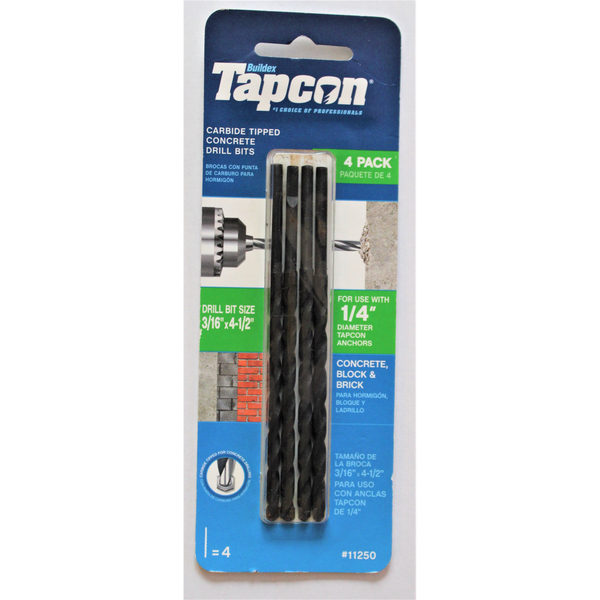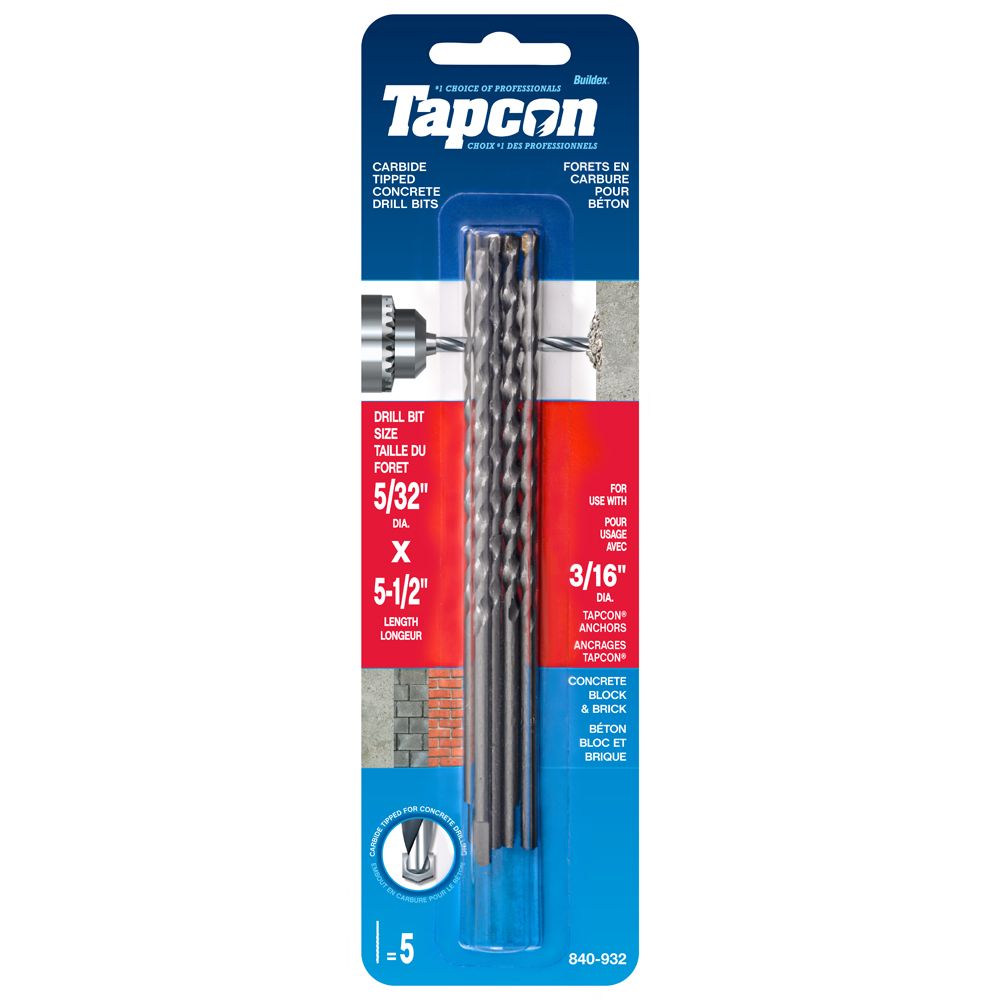

To fasten a hose reel to brick, as with many other projects, a Tapcon masonry screw may be the fastener of choice.

Fastening a hose reel to an exterior brick or concrete slab means that hose will always be where you need it to be, and won’t risk being run over by a car or cluttering the yard. Hose reels come in many styles, from the utilitarian to the decorative. You’re going to need water-and you’re going to need a hose. No matter what your goal is for your yard, one thing is certain. And others nurture all manner of plants and shrubberies and flowers. Other homeowners cultivate homegrown vegetables, fruits, and herbs. Don't forget to shift to correct drilling practices when you get back to working metal.Installing Tapcon Masonry Screws: Step-by-Step Instructionsįor many homeowners, landscapers, and businesses, keeping their lawn healthy, green, and mowed is a primary goal for their landscaping. You should count on having two or three extra for the small ones for insurance. The bits never last long, so just blow your way through there. You just need to make a hole so you can screw in a tap con. Don't forget to dip in the water.ĭrilling holes in concrete is a quick and dirty thing.

It doesn't have to be fast, you're just trying to chip the pebble so the bit can get a bite on a corner and work your way through. When (not "if") you find a hard pebble while drilling, oscillate the drill up and tap it down like a hammer drill would. 2) causes small chips in the carbide that kind of re-sharpens it - kind of like flaking flint arrowheads. 1) keeps the carbide from un-brazing itself from the bit. Every few seconds, dip the bit in the water like you're quenching it and cool it off. Keep a cup of water next to you when you're drilling. Use an angle grinder or abrasive cutoff saw to preserve your nicely dressed bench grinder wheels. You don't necessarily need a green or diamond wheel to put some kind of sharp edge back on a masonry bit.
#Tapcon masonry drill bit trial
Through a trial and error I found this works for me:įirst, be sure the bit isn't already dull to begin with. Sounds like we've all been there & done that. I usually take a cutoff disc on a 4 1/2" grinder with me when I am setting concrete anchors on jobsites, along with a crowbar, extra bolts, and some epoxy, in case I need to glue on a bolt head or nut to make it look right after I break one and cant get it out. Sometimes you can go in with a fresh, sharp bit, and go thru- but sometimes you just need to drill another hole in a different place.ĭrilling holes and placing anchors in concrete is never a sure thing- I always try to design in redundancy, with extra fasteners, because there will always be one that just spins, or doesnt seat all the way, or screws up in some other way. I have had the rare occasion when the carbide bit hits the rebar exactly dead on, and drills thru it, but the geometry of the bit is not designed for rebar- its meant for concrete, so bits are a casualty from time to time. The combination makes for stresses on bits- even though the carbide itself is hard, it can get hot and melt its braze joint, or just break, when it is trying to drill partially thru something hard, while part of the bit is still in the soft concrete.
#Tapcon masonry drill bit full
Concrete is full of hard stuff, mixed randomly with soft stuff- rocks and rebar. And these were high quality bits- unlike those freebie bits that come with the tapcons, which are usually not very long lasting. I cant count how many carbide drill bits I have toasted with the rotohammer- but its a lot.


 0 kommentar(er)
0 kommentar(er)
